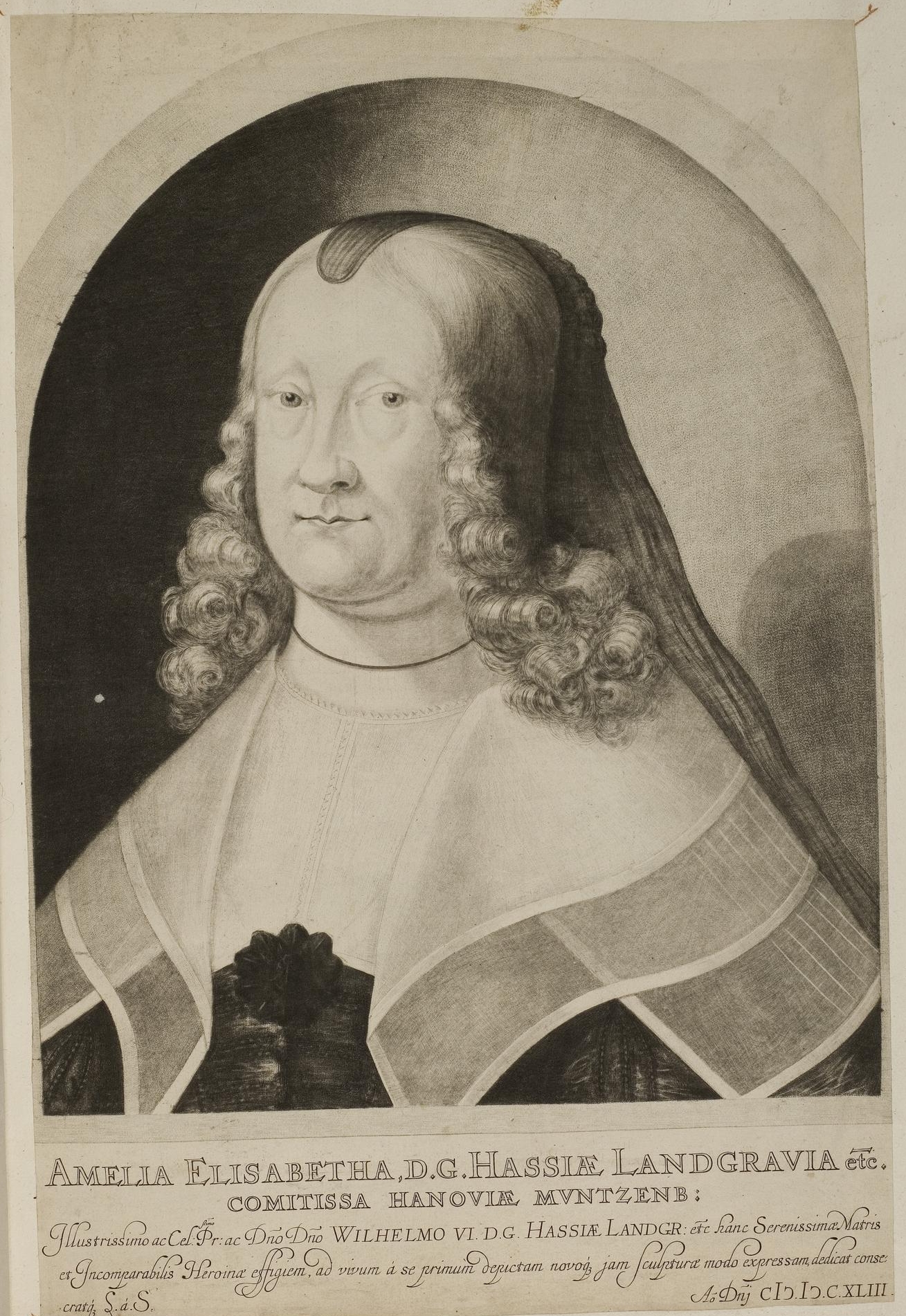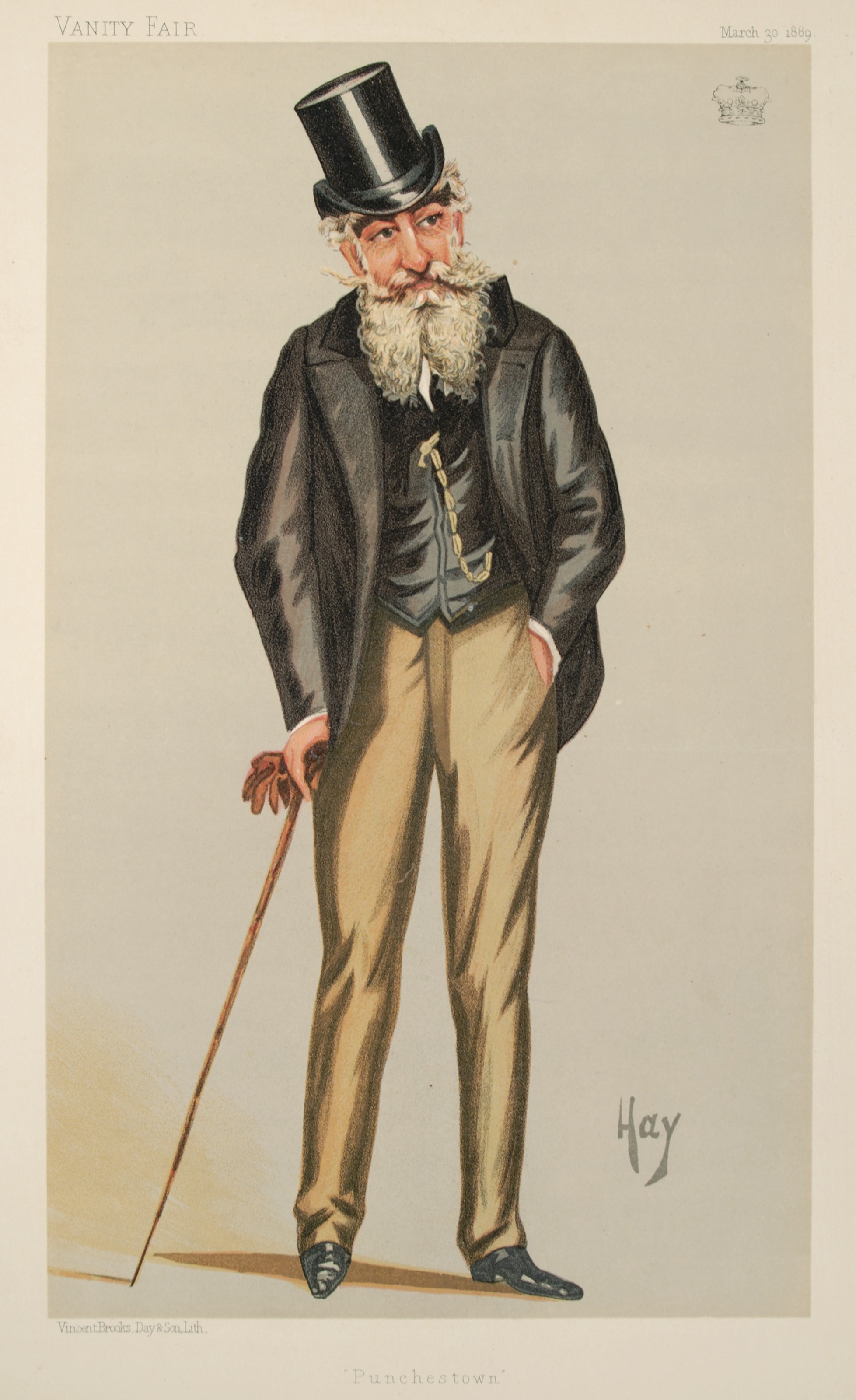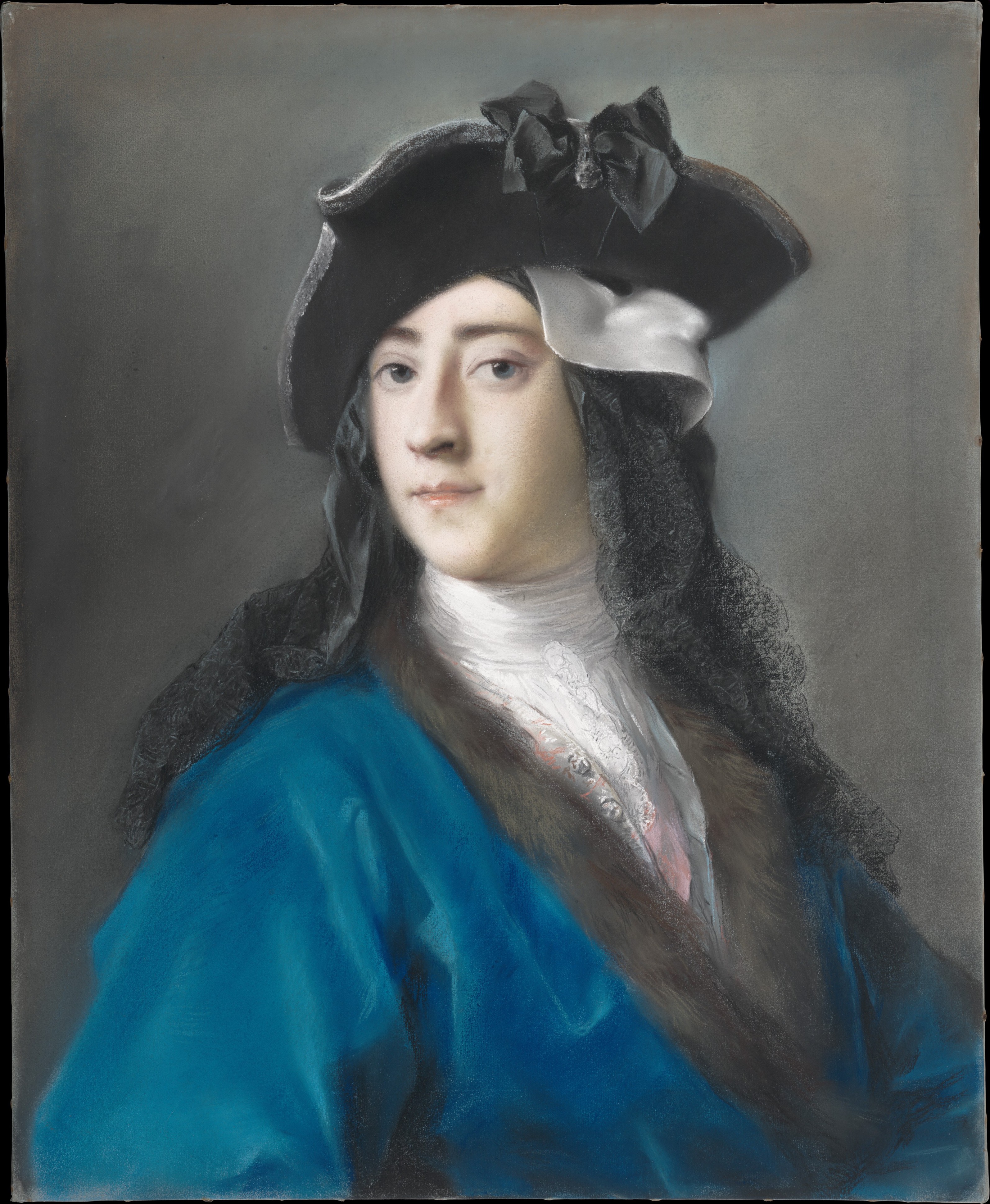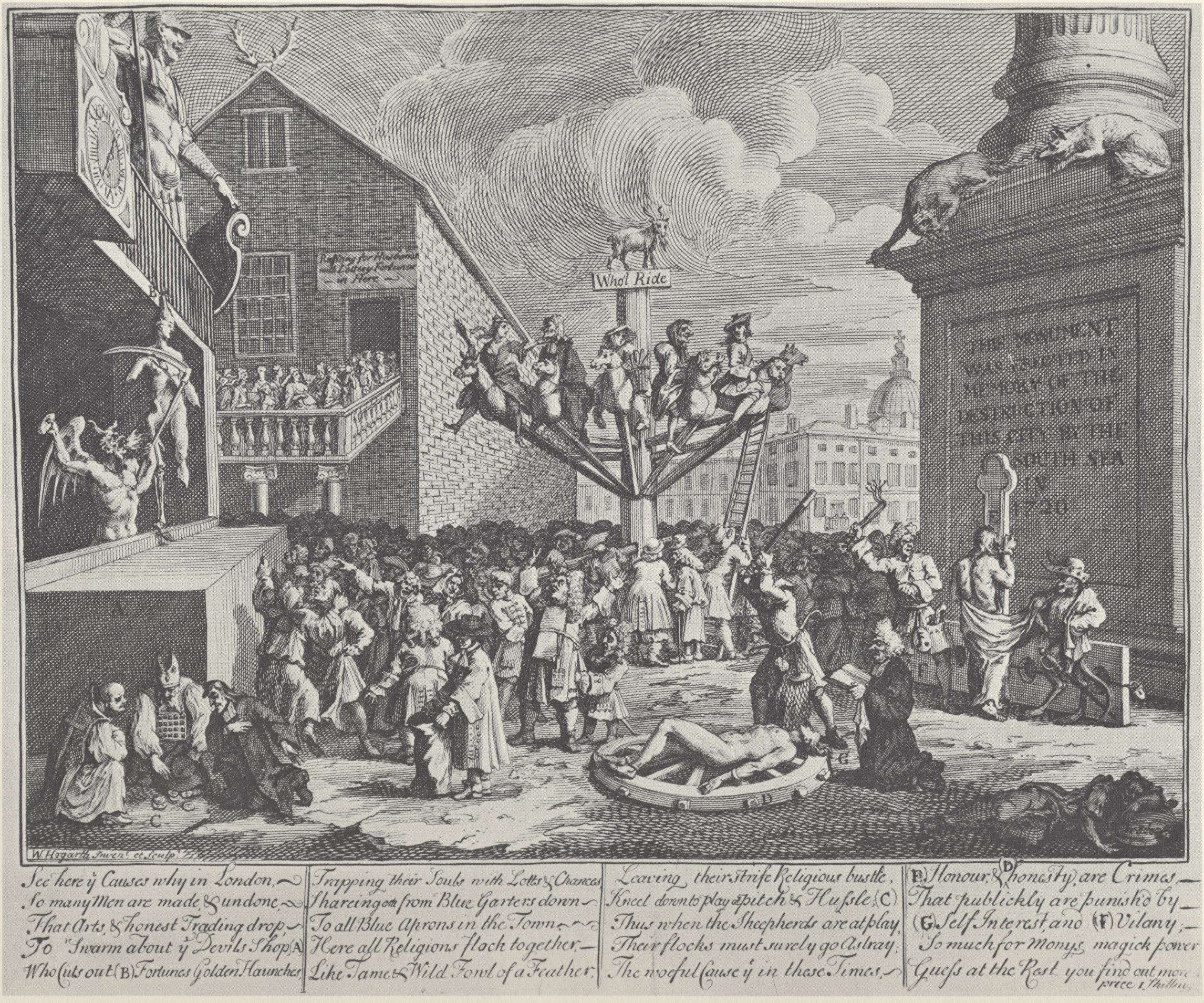|
Michael Ford (engraver)
Michael Ford (died October 1758?), was an Irish mezzotint engraver. A native of Dublin, Ford had been a pupil of engraver John Brooks. When Brooks left Ireland around 1747, Ford set up shop as his successor in a store on Cork Hill. There, he engraved a number of portraits in mezzotint, which on account of their scarcity are highly valued by collectors. He also painted portraits, and engraved some himself. His subjects included senior judges like Thomas Marlay and Henry Singleton. Ford's address as publisher appears on some of the engravings by Andrew Miller and James MacArdell. With the former he seems to have been in rivalry, as they often engraved the same subjects, notably Hogarth's full-length portrait of Gustavus Hamilton, of which Ford's print seems to be the earlier of the two. It is probable that Ford visited London, but this is not certain. On 27 October 1758 the ship ''Dublin Trader'', Captain White, left Parkgate, Cheshire, for Dublin, and foundered in the Irish ... [...More Info...] [...Related Items...] OR: [Wikipedia] [Google] [Baidu] |
Mezzotint
Mezzotint is a monochrome printmaking process of the '' intaglio'' family. It was the first printing process that yielded half-tones without using line- or dot-based techniques like hatching, cross-hatching or stipple. Mezzotint achieves tonality by roughening a metal plate with thousands of little dots made by a metal tool with small teeth, called a "rocker". In printing, the tiny pits in the plate retain the ink when the face of the plate is wiped clean. This technique can achieve a high level of quality and richness in the print. ''Mezzotint'' is often combined with other ''intaglio'' techniques, usually etching and engraving. The process was especially widely used in England from the eighteenth century, to reproduce portraits and other paintings. It was somewhat in competition with the other main tonal technique of the day, aquatint. Since the mid-nineteenth century it has been relatively little used, as lithography and other techniques produced comparable results more easil ... [...More Info...] [...Related Items...] OR: [Wikipedia] [Google] [Baidu] |
Parkgate, Cheshire
Parkgate is a village on the Wirral Peninsula in Cheshire, England, on the banks of the River Dee, Wales, River Dee, adjoining of salt marsh. At the United Kingdom Census 2011, 2011 Census, it had a population of 3,591. The village is in Neston civil parish, north-east of the town of Neston and almost contiguous with it. History Parkgate was an important port from the start of the 18th century, in particular as an embarkation point for Ireland. The River Dee, which was a shipping route to the Roman city of ''Deva Victrix, Deva'' (Chester), had partly silt, silted up by AD 383, creating a need for a port further downstream. Quays were built, first at Burton, Ledsham and Willaston, Burton and later near the small town of Neston, Cheshire, Neston, but further silting required yet another re-siting slightly further downstream near the gate of Neston's hunting park. Hence the settlement of Parkgate was born. Two distinguished guests stayed at local hostelries. One was Lord Nel ... [...More Info...] [...Related Items...] OR: [Wikipedia] [Google] [Baidu] |
1758 Deaths
Events January–March * January 1 – Swedish biologist Carl Linnaeus (Carl von Linné) publishes in Stockholm the first volume (''Animalia'') of the 10th edition of ''Systema Naturae'', the starting point of modern zoological nomenclature, introducing binomial nomenclature for animals to his established system of Linnaean taxonomy. Among the first examples of his system of identifying an organism by genus and then species, Linnaeus identifies the lamprey with the name ''Petromyzon marinus''. He introduces the term ''Homo sapiens''. (Date of January 1 assigned retrospectively.) * January 20 – At Cap-Haïtien in Haiti, former slave turned rebel François Mackandal is executed by the French colonial government by being burned at the stake. * January 22 – Russian troops under the command of William Fermor invade East Prussia and capture Königsberg with 34,000 soldiers; although the city is later abandoned by Russia after the Seven Years' War ends, the ... [...More Info...] [...Related Items...] OR: [Wikipedia] [Google] [Baidu] |
Year Of Birth Missing
A year or annus is the orbital period of a planetary body, for example, the Earth, moving in its orbit around the Sun. Due to the Earth's axial tilt, the course of a year sees the passing of the seasons, marked by change in weather, the hours of daylight, and, consequently, vegetation and soil fertility. In temperate and subpolar regions around the planet, four seasons are generally recognized: spring, summer, autumn and winter. In tropical and subtropical regions, several geographical sectors do not present defined seasons; but in the seasonal tropics, the annual wet and dry seasons are recognized and tracked. A calendar year is an approximation of the number of days of the Earth's orbital period, as counted in a given calendar. The Gregorian calendar, or modern calendar, presents its calendar year to be either a common year of 365 days or a leap year of 366 days, as do the Julian calendars. For the Gregorian calendar, the average length of the calendar year (the mea ... [...More Info...] [...Related Items...] OR: [Wikipedia] [Google] [Baidu] |
Oxford Dictionary Of National Biography
The ''Dictionary of National Biography'' (''DNB'') is a standard work of reference on notable figures from British history, published since 1885. The updated ''Oxford Dictionary of National Biography'' (''ODNB'') was published on 23 September 2004 in 60 volumes and online, with 50,113 biographical articles covering 54,922 lives. First series Hoping to emulate national biographical collections published elsewhere in Europe, such as the '' Allgemeine Deutsche Biographie'' (1875), in 1882 the publisher George Smith (1824–1901), of Smith, Elder & Co., planned a universal dictionary that would include biographical entries on individuals from world history. He approached Leslie Stephen, then editor of the ''Cornhill Magazine'', owned by Smith, to become the editor. Stephen persuaded Smith that the work should focus only on subjects from the United Kingdom and its present and former colonies. An early working title was the ''Biographia Britannica'', the name of an earlier eightee ... [...More Info...] [...Related Items...] OR: [Wikipedia] [Google] [Baidu] |
Theophilus Cibber
Theophilus Cibber (25 or 26 November 1703 – October 1758) was an English actor, playwright, author, and son of the actor-manager Colley Cibber. He began acting at an early age, and followed his father into theatrical management. In 1727, Alexander Pope satirized Theophilus Cibber in his ''Dunciad'' as a youth who "thrusts his person full into your face" (III 132). On the stage, he was famous for playing Pistol in '' Henry IV, Part 2'', and some of the comic roles his father had played when younger, but unsympathetic critics accused him of overemphasis.Barker, p. 166 His private life later led Theophilus into bad reputation and scandal. He died in a shipwreck while bound for Ireland and a season in Dublin. Early life and career Theophilus Cibber was born during the Great Storm of 1703 and began acting in the Drury Lane Theatre at the age of 16 in 1721.Barker, p. 165 As a young man, Cibber was a notorious rake, and associated with young men of a similar mind and reputation, such ... [...More Info...] [...Related Items...] OR: [Wikipedia] [Google] [Baidu] |
Earl Of Drogheda
Earl of Drogheda is a title in the Peerage of Ireland. It was created in 1661 for The 3rd Viscount Moore. History The Moore family descends from Sir Garrett Moore, a staunch friend of Hugh O'Neill, the Great Earl of Tyrone, whose submission he facilitated, hosting the negotiations that led to the Treaty of Mellifont in 1603 and ending The Nine Years' War. He represented Dungannon in the Irish House of Commons, and served as President of Munster. In 1616 he was raised to the Peerage of Ireland as Baron Moore, of Mellefont in the County of Louth. He was further honoured in 1621 when he was made Viscount Moore, of Drogheda, also in the Peerage of Ireland. He was succeeded in 1628 by his son Charles, the second Viscount, who was killed at the Battle of Portlester while fighting for Charles I in the English Civil War. Charles was succeeded by his son Henry, the aforementioned third Viscount, who was raised to an earldom, as Earl of Drogheda, in 1661. The first Earl's younger so ... [...More Info...] [...Related Items...] OR: [Wikipedia] [Google] [Baidu] |
Irish Pounds
The pound (Irish: ) was the currency of the Republic of Ireland until 2002. Its ISO 4217 code was IEP, and the symbol was £ (or IR£ for distinction). The Irish pound was replaced by the euro on 1 January 1999. Euro currency did not begin circulation until the beginning of 2002. First pound The earliest Irish coinage was introduced in the late 10th century, with an £sd system of one pound divided into twenty shillings, each of twelve silver pence. Parity with sterling was established by King John around 1210, so that Irish silver could move freely into the English economy and help to finance his wars in France. However, from 1460, Irish coins were minted with a different silver content than those of England, so that the values of the two currencies diverged. During the Williamite War of 1689–1691, King James II, no longer reigning in England and Scotland, issued an emergency base-metal coinage known as gun money. In 1701, the relationship between the Irish pound and s ... [...More Info...] [...Related Items...] OR: [Wikipedia] [Google] [Baidu] |
Irish Sea
The Irish Sea or , gv, Y Keayn Yernagh, sco, Erse Sie, gd, Muir Èireann , Ulster-Scots: ''Airish Sea'', cy, Môr Iwerddon . is an extensive body of water that separates the islands of Ireland and Great Britain. It is linked to the Celtic Sea in the south by St George's Channel and to the Inner Seas off the West Coast of Scotland in the north by the North Channel. Anglesey, North Wales, is the largest island in the Irish Sea, followed by the Isle of Man. The term ''Manx Sea'' may occasionally be encountered ( cy, Môr Manaw, ga, Muir Meann gv, Mooir Vannin, gd, Muir Mhanainn). On its shoreline are Scotland to the north, England to the east, Wales to the southeast, Northern Ireland and the Republic of Ireland to the west. The Irish Sea is of significant economic importance to regional trade, shipping and transport, as well as fishing and power generation in the form of wind power and nuclear power plants. Annual traffic between Great Britain and Ireland amounts t ... [...More Info...] [...Related Items...] OR: [Wikipedia] [Google] [Baidu] |
Gustavus Hamilton, 2nd Viscount Boyne
Gustavus Hamilton, 2nd Viscount Boyne Privy Council of Ireland, PC (Ire) (1710–1746) was an Irish people, Irish politician and an enthusiastic admirer of Italy and the Carnival of Venice. Birth and origins Gustavus was born in 1710, probably in Ireland. He was the eldest son of Frederick Hamilton (Donegal politician), Frederick Hamilton and his wife Sophia Hamilton. His grandfather was Major-General Gustavus Hamilton, 1st Viscount Boyne, Gustavus Hamilton who would soon become Viscount Boyne. His father was the eldest son and heir apparent but would predecease his grandfather. His paternal family was a Protestant cadet branch of the Catholic Earls of Abercorns, who in turn descended from the Scottish Clan Hamilton. Gustavus's mother was a daughter of James Hamilton of Tollymore Forest Park, Tollymore, near Newcastle, County Down and sister of James Hamilton, 1st Earl of Clanbrassil (second creation), James Hamilton, 1st Earl of Clanbrassil. Gustavu ... [...More Info...] [...Related Items...] OR: [Wikipedia] [Google] [Baidu] |
Dublin
Dublin (; , or ) is the capital and largest city of Republic of Ireland, Ireland. On a bay at the mouth of the River Liffey, it is in the Provinces of Ireland, province of Leinster, bordered on the south by the Dublin Mountains, a part of the Wicklow Mountains range. At the 2016 census of Ireland, 2016 census it had a population of 1,173,179, while the preliminary results of the 2022 census of Ireland, 2022 census recorded that County Dublin as a whole had a population of 1,450,701, and that the population of the Greater Dublin Area was over 2 million, or roughly 40% of the Republic of Ireland's total population. A settlement was established in the area by the Gaels during or before the 7th century, followed by the Vikings. As the Kings of Dublin, Kingdom of Dublin grew, it became Ireland's principal settlement by the 12th century Anglo-Norman invasion of Ireland. The city expanded rapidly from the 17th century and was briefly the second largest in the British Empire and sixt ... [...More Info...] [...Related Items...] OR: [Wikipedia] [Google] [Baidu] |
William Hogarth
William Hogarth (; 10 November 1697 – 26 October 1764) was an English painter, engraver, pictorial satirist, social critic, editorial cartoonist and occasional writer on art. His work ranges from realistic portraiture to comic strip-like series of pictures called "modern moral subjects", and he is perhaps best known for his series ''A Harlot's Progress'', ''A Rake's Progress'' and '' Marriage A-la-Mode''. Knowledge of his work is so pervasive that satirical political illustrations in this style are often referred to as "Hogarthian". Hogarth was born in London to a lower-middle-class family. In his youth he took up an apprenticeship with an engraver, but did not complete the apprenticeship. His father underwent periods of mixed fortune, and was at one time imprisoned in lieu of outstanding debts, an event that is thought to have informed William's paintings and prints with a hard edge. Influenced by French and Italian painting and engraving, Hogarth's works are mostly sat ... [...More Info...] [...Related Items...] OR: [Wikipedia] [Google] [Baidu] |



.jpg)



